PALMER: Monaco is the biggest challenge in F1 – here’s how the drivers prepare for a race fraught with risk

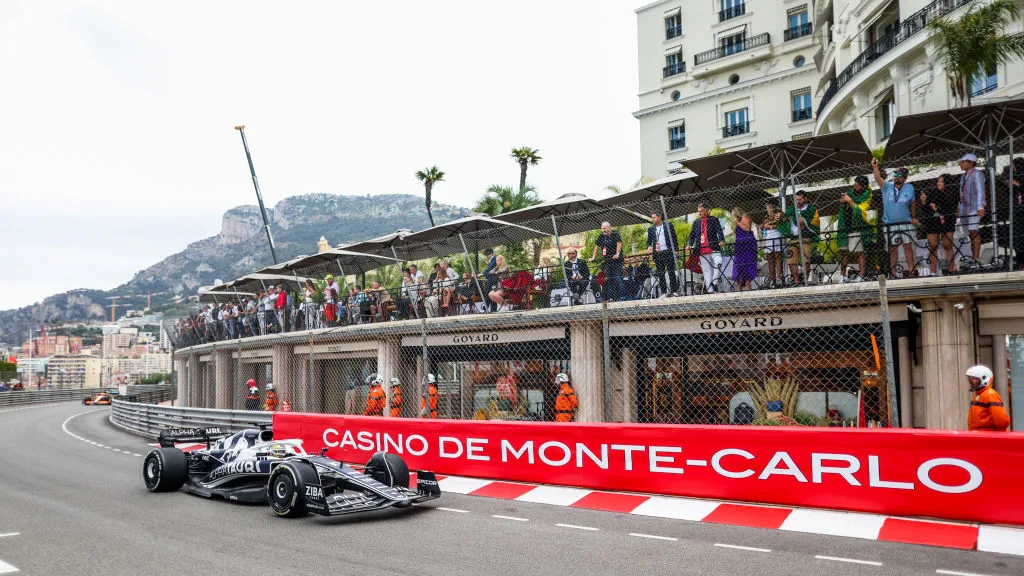
Monaco is a Grand Prix unlike any other on the calendar and there’s plenty for drivers, engineers and strategists to get their head around in the build up to one of Formula 1’s showpiece events.
For the drivers the track still poses the biggest challenge of the season. It’s the shortest in length, yet it comprises 19 corners. On most circuits there are corners where you have to take a bit of extra care early on, but there are others where you can immediately attack with more margin for error. In Monaco every corner is fraught with risk. With the walls catching out drivers at so many different corners in the past, you cannot take your eye off the ball anywhere.
Next Up
Related Articles
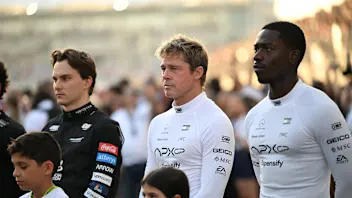 ExclusiveHow APXGP was brought to life by costume designer Julian Day
ExclusiveHow APXGP was brought to life by costume designer Julian Day Celebrating the first F1 Allwyn Global Community Awards
Celebrating the first F1 Allwyn Global Community Awards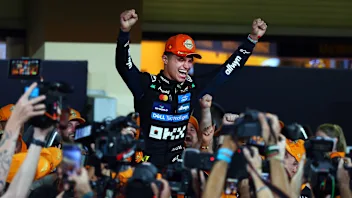 UnlockedQUIZ: 10 questions on the new World Champion Lando Norris
UnlockedQUIZ: 10 questions on the new World Champion Lando Norris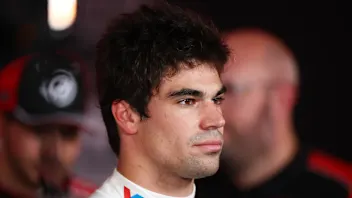 Stroll opens up on 'noise' that has followed him in F1
Stroll opens up on 'noise' that has followed him in F1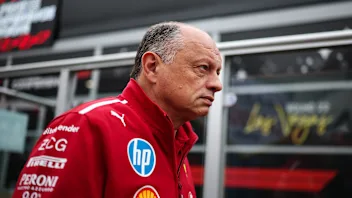 Vasseur says he misjudged impact of switching focus to 2026
Vasseur says he misjudged impact of switching focus to 2026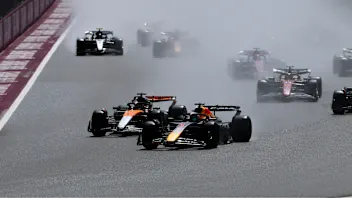 REVEALED: Your favourite race of the 2025 season
REVEALED: Your favourite race of the 2025 season
